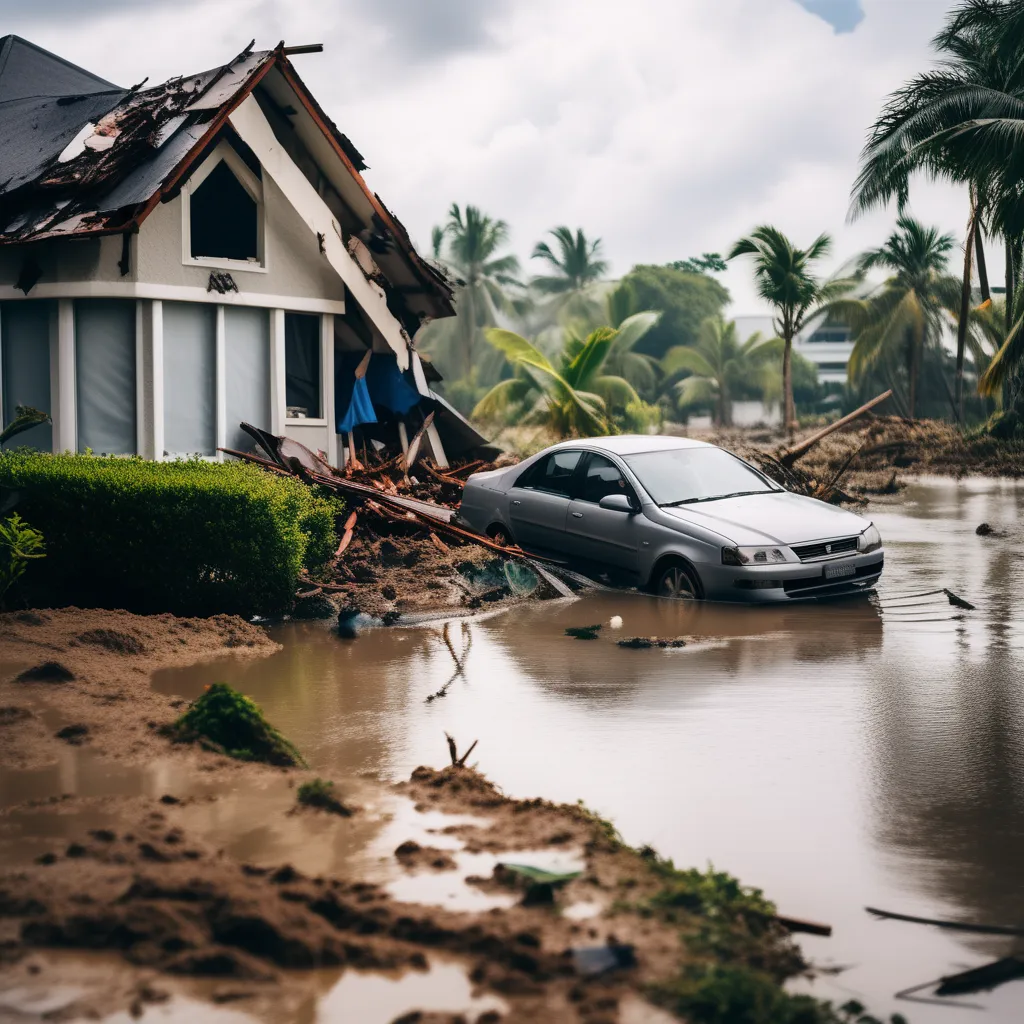Mastering the Aftermath: A Guide to Navigating Insurance Claims Post-Natural Disaster
Facing Nature's Fury: Your Step-by-Step Guide to Insurance Claims
In the aftermath of a natural disaster, the last thing you want to worry about is navigating the complexities of an insurance claim. From personal experience and stories shared by friends and family, here's a guide to help you successfully claim insurance after facing nature's fury.

1. Immediate Safety First: Evacuate and Document
Personal Anecdote: Hurricane Preparedness Pays Off Living in a hurricane-prone area, my family always emphasizes preparedness. Last year, when Hurricane Delta hit, we evacuated promptly. Before leaving, we documented our home's condition, taking pictures of every room. This documentation became invaluable when filing our insurance claim later.
2. Contact Your Insurance Company ASAP
Personal Anecdote: The Timely Call That Matters A friend once faced severe flooding in their home due to heavy rains. They stressed the importance of calling the insurance company promptly. Insurance agents can provide guidance on immediate steps, initiate the claims process, and offer advice on what actions are covered.
3. Thoroughly Document Damage: A Picture is Worth a Thousand Words
Personal Anecdote: The Power of Before-and-After Photos After a wildfire swept through our community, a neighbor shared their experience. They emphasized the importance of documenting not only the damage but also the state of your property before the disaster. Before-and-after photos can significantly strengthen your insurance claim.
4. Temporary Repairs: Mitigate Further Damage
Personal Anecdote: Patching Up Until Help Arrives Another neighbor faced roof damage during a severe storm. While waiting for the insurance adjuster, they made temporary repairs to prevent further damage. Keep records of these temporary fixes and associated expenses, as they may be reimbursable.
5. Understand Your Policy: What's Covered and What's Not
Personal Anecdote: Reading the Fine Print A family member once assumed that all storm-related damages were covered, only to find out that certain types of flooding weren't included in their policy. Understanding your policy's specifics ensures there are no surprises during the claims process.
6. Document Expenses: Keep Track of Every Penny
Personal Anecdote: The Unforeseen Costs After a tornado hit our town, a colleague diligently tracked every expense related to their displacement. From hotel bills to meals, these additional costs were eventually reimbursed by the insurance company. Keep receipts and maintain a detailed record of all expenses.
7. Work with Professionals: Get Estimates and Assessments
Personal Anecdote: The Expert Opinion When our basement flooded, we enlisted the help of professionals for damage assessments. Insurance adjusters often appreciate expert opinions, and having detailed estimates from contractors or restoration specialists can strengthen your claim.
8. Stay Organized: Create a Claim File
Personal Anecdote: The Importance of a Claim Folder A friend, after a wildfire incident, stressed the need for organization. Create a claim folder containing all documentation, correspondence with the insurance company, and receipts. This centralized file streamlines the process and ensures you have all necessary information at your fingertips.
Conclusion: Navigating the Storm Successfully
Facing the aftermath of a natural disaster is challenging, but with careful planning and attention to detail, you can navigate the insurance claims process successfully. Remember, your insurance company is there to assist you in rebuilding and recovering. Stay vigilant, document thoroughly, and don't hesitate to seek professional advice when needed.







